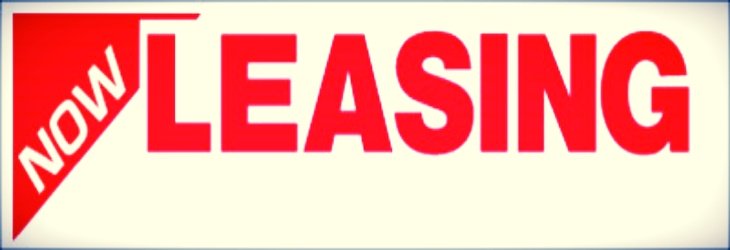When a tenant makes permanent improvements to a leased building, the improvements usually become the property of the building owner. The tenant gains the ability to use and enjoy the improvement or betterment during the period of the lease.
Examples of improvements could be:
- Air conditioning system
- Office partitions
- Lighting fixtures
- Special electrical or plumbing installations necessary to run your business
The typical business property policy defines improvements and betterments as: “fixtures, alterations, installations or additions that are made a part of the building that is occupied but not owned by the named insured, and the named insured acquires or makes at his expense but cannot legally remove.”
Here’s the important question for the tenant that has made improvements to the leased building: If there is a loss and the improvements are damaged, what has the tenant lost if the building improvement actually belongs to the building owner?
The tenant has lost the “use interest” in the improvement. For example, if a tenant installed an air conditioning system in her retail store to keep her customers comfortable during the hot summer months and it’s struck by lightning, the tenant has lost the use of the air conditioner even though it’s considered part of the building that she doesn’t own. It is a possible loss of use of the improvement that gives a tenant an insurable interest.
Coverage for improvements and betterments are automatically included since the business personal property section of the business property policy actually refers to a named insured’s “use interest” as tenant in improvements and betterments. BUT, don’t forget – it’s important when determining a limit for business personal property to consider the value of improvements and betterments.
